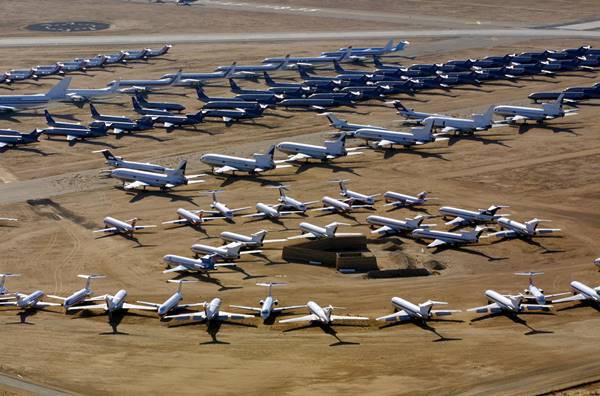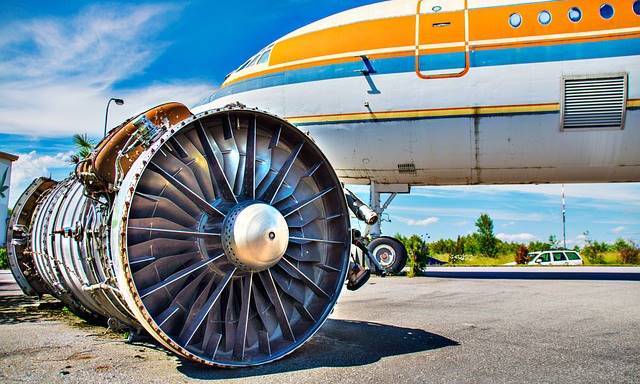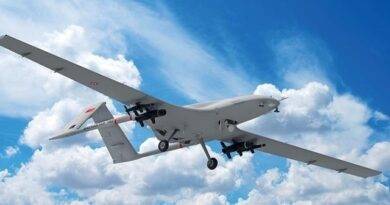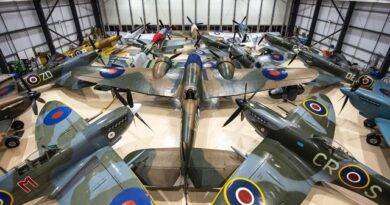Recycling of Old and Unused Aircraft: A Sustainable Approach to Aviation Industry
As the aviation industry continues to grow, the need for new and more advanced aircraft also increases. However, with the rise of climate change and environmental concerns, the disposal of old and unused aircraft has become a critical issue. In this article, we will explore the benefits of recycling old and unused aircraft and the different ways in which it can be done.
Why Recycling Old and Unused Aircraft Matters?
The aviation industry is a significant contributor to greenhouse gas emissions and environmental pollution. According to the International Air Transport Association (IATA), the aviation industry accounts for 2% of global carbon emissions. The disposal of old and unused aircraft also poses a significant challenge to the environment, as they contain hazardous materials such as lead, asbestos, and chemicals that can pollute the soil and water.
Recycling old and unused aircraft can help reduce the environmental impact of the aviation industry. It also promotes the sustainable use of resources by reducing the need for new raw materials to manufacture new aircraft.

source: https://aviationweek.com/mro/5-things-you-didnt-know-about-aircraft-graveyards
Benefits of Recycling Old and Unused Aircraft
- Environmental benefits: Recycling old and unused aircraft reduces the amount of waste that goes to landfills and minimizes the release of hazardous materials into the environment.
- Economic benefits: It generates revenue from the sale of scrap metal, engines, and other reusable parts. It also creates job opportunities in the recycling industry.
- Social benefits: It can help preserve historical and cultural artifacts. It also helps reduce noise pollution in communities around airports by removing old and noisy aircraft.
Ways to Recycle Old and Unused Aircraft
- Part-out: The part-out process involves dismantling the aircraft and selling reusable parts such as engines, avionics, and landing gear. These parts can be used to repair or refurbish other aircraft or sold to airlines, repair shops, or parts brokers.
- Recycling: The recycling process involves shredding the aircraft into small pieces and separating the metal, plastic, and other materials for reuse. The metal can be melted down and used to manufacture new aircraft or other products.
- Conversion: The conversion process involves transforming the aircraft into a new product or use. For example, the fuselage of an old aircraft can be converted into a restaurant or a hotel.
Conclusion
This is a sustainable approach to the aviation industry that can help reduce environmental impact, generate revenue, and create job opportunities. The part-out, recycling, and conversion processes provide different options for recycling aircraft, depending on the condition and the intended use of the aircraft. The aviation industry needs to adopt more sustainable practices to reduce its environmental impact, and recycling old and unused aircraft is a step in the right direction.
Further Reading and References:
- International Air Transport Association. (2021). Environment. Retrieved from https://www.iata.org/en/policy/environment/
- Aircraft Fleet Recycling Association. (2021). Recycling Process. Retrieved from https://www.afraassociation.org/Recycling-Process
- www.aviationfile.com



